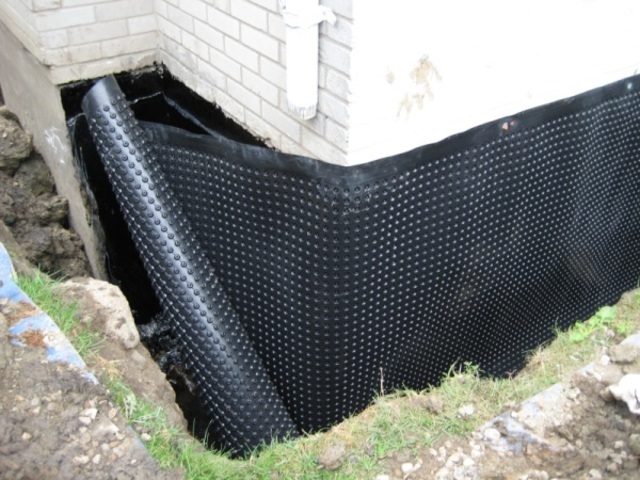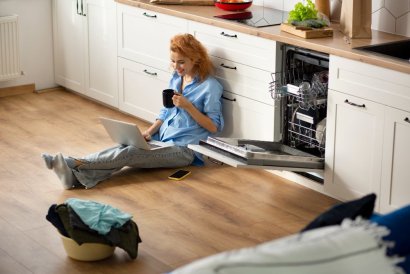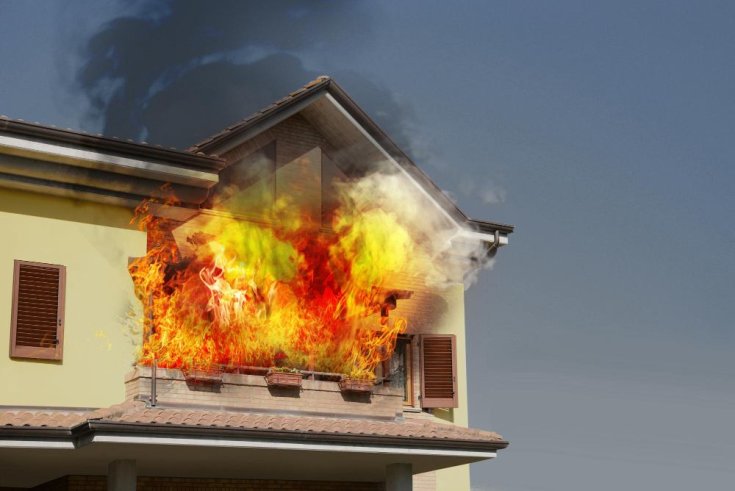404-900-3852
15-45 Minutes Response Time
404-900-3852
15-45 Minutes Response Time
The basement, by definition, is below ground level, meaning it is awfully vulnerable to flooding and excess moisture coming through porous walls and floors. Moisture can lead to mold and mildew growth as well as water damage. Fortunately, there are ways to protect your basement against these forces of nature. In this article brought to you by Tidal Wave Restoration, we will go over some of these methods to waterproof the basement. If the damage has been done and you need water damage removal or water damage restoration, then call Tidal Wave Restoration for reliable service in Metro Atlanta and surround cities.


How To Prevent Water Damage from Leaking Appliances Water damage from leaking appliances can wreak…
 December 11,2023
December 11,2023

Precautionary Measures to Prevent a Fire on Your Home Home and business fires are awfully…
 December 06,2023
December 06,2023
Before we get to waterproofing the basement, it’s important to know about some of the reasons why the basement gets wet in the first place:
Waterproofing your basement can save you from mold and mildew growth, damaged appliances and electronics, water damage to your basement, and more. Here are some steps to waterproofing your basement:
Would you like to leave the waterproofing and/or water damage restoration to the experienced professionals? Call Tidal Wave Restoration for assistance. We serve the Metro Atlanta area and surrounding cities. Our live representatives are ready to take your call.